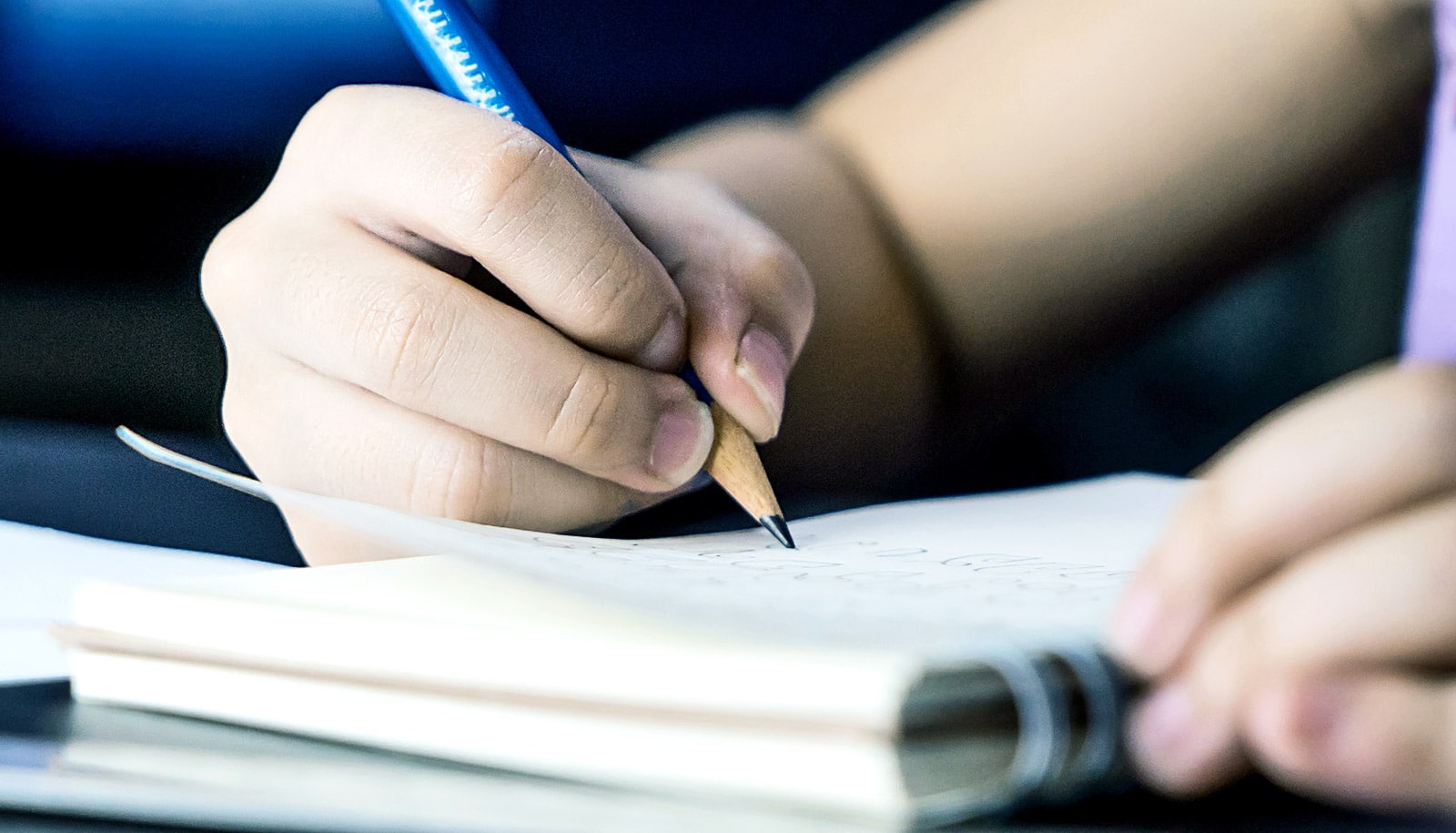Kids who read and write at home—whether for school or for fun—are building long-term study and executive function skills, a new study suggests.
While home literacy activities have already been associated with higher test scores, the new study shows these activities also provide students with tools for lifetime success.
“Academic success is an all-hands-on-deck enterprise … Teacher, parent, and student all have a part to play.”
“People who are good students tend to become good employees by being on time and putting forward their best work. All of the things that make you a good student also make you a good employee,” says Nicole Alston-Abel, a Federal Way Public Schools psychologist who conducted the study while pursuing her doctorate at the University of Washington. “If you make sure your child is academically engaged at home through third grade, kids go on autopilot—they know how to ‘do’ school after that.”
Alston-Abel analyzed data collected by coauthor Virginia Berninger, a professor of education at the university, who conducted a five-year longitudinal study of academic performance in grades one through seven.
As part of that study, Berninger sent home questionnaires asking parents if, and how, they helped their children with reading and writing; Alston-Abel, a former primary teacher, then compared the responses with students’ academic performance.
To collect a range of ages and school experiences, the study followed two groups of students in public elementary schools near the university campus—one cohort of students from first to fifth grade, the other from third to seventh grade. In all, 241 families participated over five years, completing annual questionnaires about how their child felt about reading and writing, what kinds of activities they engaged in at home, and what kind of help parents provided.
The demographics of both cohorts reflected neighborhoods around the university: About 85 percent of students were white or Asian American, and nearly three-fourths of parents had a bachelor’s or advanced degree. A more diverse pool, Alston-Abel says, would be illuminating from a research perspective, but the basic message would remain the same: “The takeaway is still the importance of having a parent involved in developing the habits and models a child needs to be successful. It doesn’t matter what socioeconomic status you come from.”
Among the study’s findings:
- Students spent significantly more time at home reading than writing.
- Without a specific assignment, children were more likely to choose reading as an activity than writing.
- Parents provided more help with writing than with reading.
- Starting at the intermediate grades (four and up), writing assignments increased, while parent help for writing declined more gradually than for reading.
- About three-fourths of the fifth- and seventh-grade students used a computer for writing assignments.
- Parents of those older students described their children as “fluent” in using a computer for writing homework for 19 percent of the fifth-graders, and 53 percent of the seventh-graders.
- Parent ratings of their student’s “self-regulation,” or ability to stay on task and exhibit other study skills, were associated with academic performance, especially in reading comprehension and written expression.
The authors point out that there is no direct causal link between the responses on the questionnaires and student achievement, but that some patterns do exist. For example, among students whose parents described their lack of focus or unwillingness to help set modest goals, academic achievement was generally lower than among students who stayed on task or learned to prioritize.
The study speaks to the need for a collaborative effort between parents and teachers, Alston-Abel says, especially among marginalized populations, and at a time when kindergarteners, according to Common Core State Standards, are expected to demonstrate basic reading and writing skills.
Early education can improve health 30 years later
“Some kids come to kindergarten reading basic ‘sight words,’ and others don’t know their letters. Add up the disadvantages and the demands of the curriculum, and it becomes very apparent that if you don’t have a collaborative effort, for these same kids, that gap is always going to be there,” Alston-Abel says.
Teachers can start by asking parents about how they support their child’s learning at home—like with the kinds of questionnaires used in the study. The responses to open-ended questions about what kinds of reading and writing a child does at home, why, and for how long each week, can then inform instruction. Meanwhile, parents who work with their children, Alston-Abel adds, are introducing study skills like time management and impulse control.
The paper provides other tips for parents and teachers on how to work together to develop literacy and study skills. One way is to engage a child in writing at home through journals, a story to a family member, even an email or thank-you note. Another is to look for specific skills to help develop, such as spelling or reading comprehension, but pull back when the child appears able to accomplish more independently. And encourage any opportunity to read or write for fun.
Baby toys and books are ‘springboards’ for later learning
“Academic success is an all-hands-on-deck enterprise,” Alston-Abel says. “Teacher, parent, and student all have a part to play. Fostering home-school partnerships that enhance and extend the experience of the learner can lead to life-long habits that foster success.”
The study appears in the Journal of Educational and Psychological Consultation.
The study was funded by the National Institutes of Health’s National Institute of Child Health and Human Development.
Source: University of Washington



